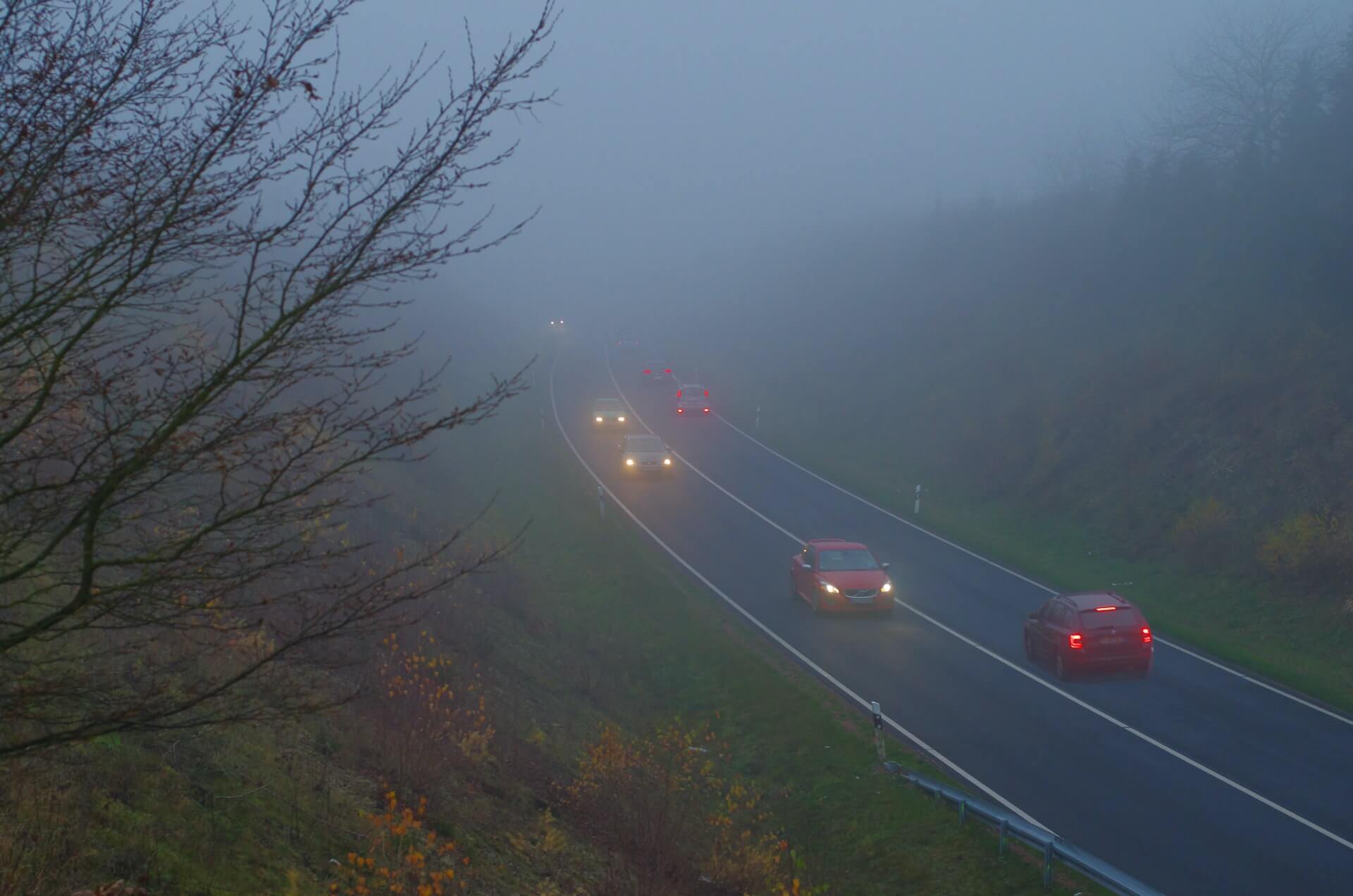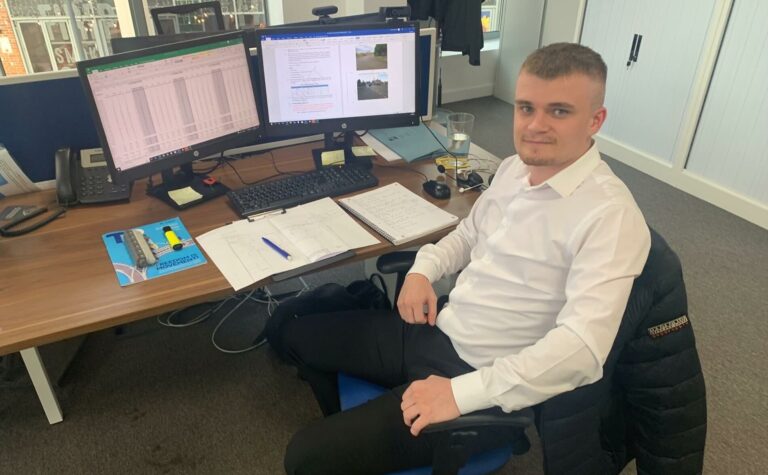I certainly don’t seek to establish a catchphrase, but the one phrase that I seem to like to use on an pretty much daily basis is ‘grey areas’. I probably should expand my vocabulary and find other ways to convey my message, but I use this phrase when talking to Developers, colleagues and officers.
It’s important to understand, because it applies to almost every decision that determines the acceptability of transport and highways matters.
So this includes decisions on planning applications, such as the need to make improvements to avoid queuing at a busy junction, or decisions on designing highway schemes, such as road/lane widths, visibility splays, ghost island provision etc.
So what do I mean by ‘grey areas’?
In a nutshell, it’s not a black and white decision. it’s my way of explaining that there’s a subjective choice that the guidance and/or policy does not neatly and unequivocally define. There is room (often significant room) for different views to be able to interpret the same guidance/policy in different ways.
Why does this need explaining? Maybe it doesn’t, but my experience is that a lot of people looking from the outside into the world of highways expect black and white decision making. And this is understandable, because traditionally, the highways industry would work to prescriptive standards. The industry was also more engineering focused too, which also leads to more of a black and white world. However, the key policies and guidance that govern highways decisions have changed over the decades, introducing more and more grey subjective areas.
I could pick on lots of examples, but a key one that our team at LTP faces every day is the primary policy test to determine whether the transport impact of a planning application is acceptable or not…
“Development should only be prevented or refused on highways grounds if there would be an unacceptable impact on highway safety, or the residual cumulative impacts on the road network would be severe.”
– Paragraph 111, National Planning Policy Framework (NPPF).
This example is sometimes referred to as the severity test, but there are no numbers that explain what is or isn’t severe, it requires a subjective judgement from the decision maker. Sure, there’s guidance to help with the decision, but that guidance doesn’t state that ‘X is severe but Y is not’, it’s not as simple as that. Even the Government’s own Planning Practice Guidance, which aims to clarify the requirements of the NPPF, seems to acknowledge the ambiguity over the definition of severe through it’s use of quotation marks…
“Transport Assessments and Statements can be used to establish whether the residual transport impacts of a proposed development are likely to be “severe”, which may be a reason for refusal, in accordance with the National Planning Policy Framework.”
– Paragraph 005, Planning Practice Guidance.
Some choices are also much foggier and greyer than others too. For example, the use of dry or wet weather vehicle speeds on local roads has become a particularly grey area in recent years (further discussion on this in our previous blog post).
The key benefit to guidance/policy that leaves grey areas is that it ensures that there isn’t a ‘one-size fits all’ approach, particularly since no two sites are exactly the same (although admittedly some can have almost the same key characteristics). It provides flexibility and freedom to ensure that all of the site-specific nuances are taken into account, as well as all of the Council-specific priorities and preferences.
On the flip side, it makes it more difficult to predict what will or won’t be acceptable to other people, which in my role, often means predicting what Council highways officers will or won’t accept for a planning application.
At LTP we support projects across the UK and Ireland, so we get to see how different Councils will take completely opposing views on the same decisions. But I must say, we see variation amongst different personnel in the same highways teams for the same Council.
Ultimately, this is one facet of my working life that keeps my job interesting, because each site is different, and some of the most interesting parts of a job come from those grey areas. My task is to try and shed light into these grey areas, to present as strong a case as possible to assist our clients in obtaining planning consent.
We could simply accept the interpretation of Council officers, which might lead to accepting a request to fund something that isn’t really needed, or to design a junction bigger and wider than it needs to be. But instead we always seek to find the best outcome for our clients, and searching in these grey areas can often be the best way to do this.
Photo by Immo Wegmann on Unsplash.












Mike Reynolds
Fascinating and very pertinent article! It gives rise to this question: would a quarry and waste processing development that added 330,000 tonnes of HGV movements annually to a B road constitute a ‘severe’ impact on that road? Location is rural Suffolk.